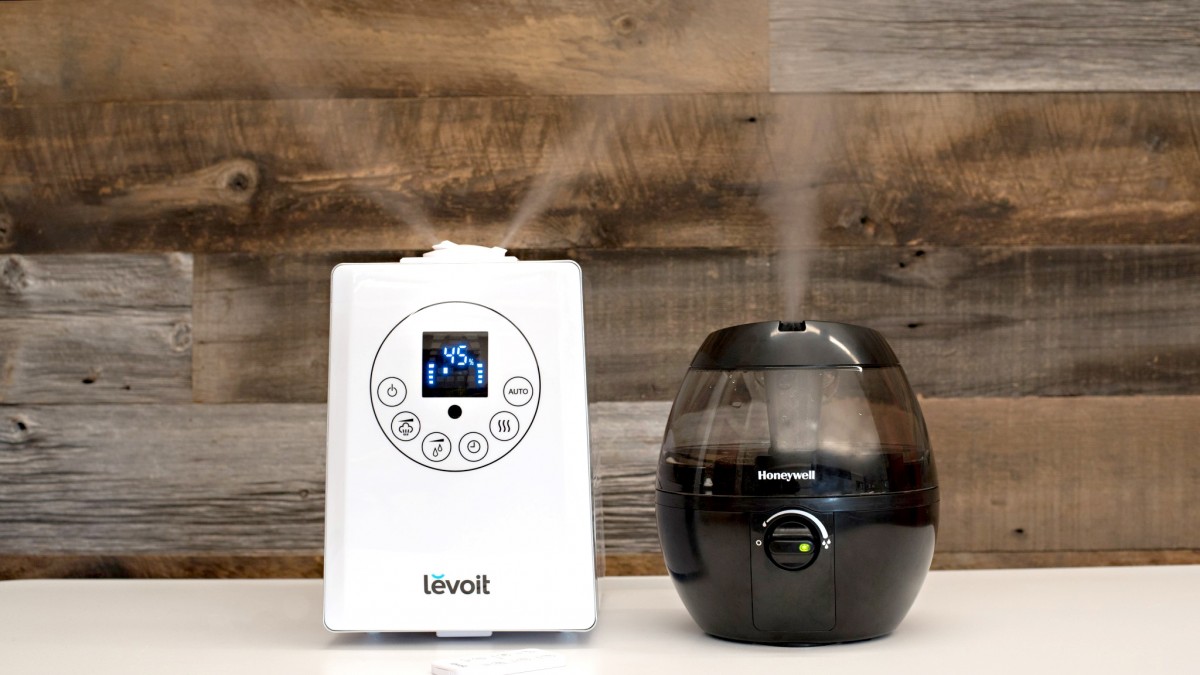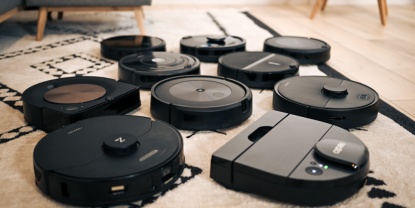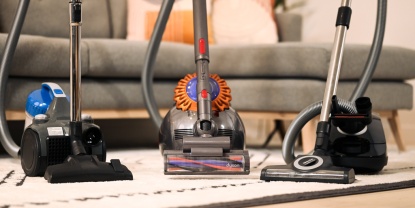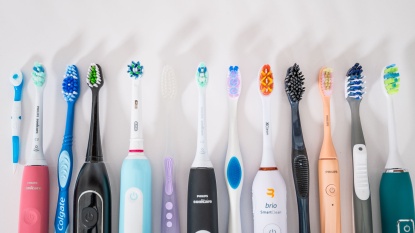Whether you struggle with asthma or are gearing up for a long dry winter, adding a humidifier to your household can be an excellent way to improve your daily comfort and well-being. The obvious issue with humidifiers is their propensity to grow mold. Sending vaporized mold flying around your home can lead to serious respiratory issues that might be worse than the ones you're trying to remedy. You need to watch out for mold if you already live in a moist environment, but you'll also need to make sure you aren't over-humidifying your home. With options ranging from sonic to evaporative models and a slew of various add-ons, it can be pretty confusing to figure out what you want from a humidifier. But fortunately, we've already done all of the comparison testing for you and shared the results in our review of the best humidifiers — continue below to read our step-by-step purchasing guide to ensure you're making the best choice for your specific needs and budget.
Choosing the Right Humidifier
Step 1: Sonic or Evaporative?
There are two main types of humidifiers: sonic and evaporative. Sonic models use agitators that vibrate at a supersonic frequency, jarring water molecules apart and creating a fine mist. Evaporative models use a fan to blow air over a moist wick, which creates evaporation and an increase in humidity. These two technologies have different pros and cons, which we've outlined below. Sonic models are much more popular than their evaporative counterparts, largely due to lower prices and decreased maintenance, but evaporative models do have some benefits.
Pros and Cons of Sonic Models
Pros and Cons of Evaporative Models
Step 2: How easy is it to clean?
Once you've chosen between sonic and evaporative technologies, the first thing you'll want to consider is how easy it is to clean. The importance of cleaning your humidifier can't be overstated, as breathing in mist from a moldy water tank can have very negative health consequences. We cleaned all of our models multiple times throughout our testing, so you can use our ease of cleaning scores as a guide, but generally, you want something without any hard-to-reach nooks and crannies, and that comes with clear cleaning instructions from the manufacturer. See the What Constitutes Proper Cleaning? section for more of our thoughts on cleaning.
Step 3: Consider Over Humidification Challenges
As mentioned above, over-humidification is something you'll want to avoid. The best way to approach this depends on how you plan to use your humidifier. If you mostly use it when you're home during the day, you can monitor the humidity and adjust settings accordingly. If you plan on running your humidifier when you're asleep or out of the house, there are a few different options.
The most inexpensive option is to buy a smaller humidifier. Our testing indicated that most of the smaller humidifiers (those that scored five or below on our humidifying performance testing) are unlikely to have enough power to over humidify most rooms. You should still be safe and start on a low setting until you get a feel for how the humidifier performs in the specific conditions of your home. Still, generally, these smaller models won't cause condensation issues.
The major and obvious drawback of the above method is that you may end up with a humidifier that doesn't have enough power to get your room to your desired humidity. You have two options if you don't mind sinking a bit more money into obtaining perfect humidity. First, you can spend a bit more upfront and get a fully-featured sonic model that includes a self-regulating humidistat. Such a model monitors the ambient humidity and shuts off when it reaches the desired level. You can also get an evaporative model, which will not over humidify due to the natural characteristics of evaporation. This comes with the drawback of requiring replacement wicks for the unit's lifetime.
Step 4: Consider the Water Tank
Besides regular cleaning, refilling the water tank is the most common and annoying chore associated with humidifier ownership. Having a large opening and a shape that can fit into a sink can make a huge difference. We mention these characteristics for each model under the user-friendliness metric.
Step 5: Warm or Cool Mist?
Some humidifiers also have a warm mist option, which heats the water to create steam. This has a slight advantage in that the heat can kill some bacteria, but it by no means lets you off the hook for conducting regular cleaning. Therefore this is largely a personal preference; if you like the idea of warming up the cold winter air with some steam, then go for one of the top-ranked humidifiers with a warm mist setting.
A Few Parting Thoughts
What Constitutes Proper Cleaning?
The short answer is whatever the manufacturer recommends. A quality humidifier will come with clear instructions as to how often and how it should be cleaned. A general rule of thumb would be to clean the humidifier at least a couple of times a week if you use it every day and to empty and dry the humidifier if it is left stagnant for more than a day.
Should You Use Filtered Water?
The Environmental Protection Agency (EPA) states, "The Federal government has not concluded that using tap water in ultrasonic or impeller humidifiers poses a serious health risk." It also notes that minerals in tap water can end up in the air you breathe, leave deposits in the water tank that can provide an opportunity for bacterial growth (again, cleaning is important), and leave behind white dust in your home. If any of these things concern you, you may want to use filtered or distilled water or get an evaporative model that catches these minerals in a wick. You can read the EPA's humidifier suggestions yourself here.
Conclusion
We hope this article has cleared the mist from your path to a perfect humidifier. Take a look at our full review for our detailed thoughts and testing results from all of the models we reviewed. If you want more information on how we tested these products, check out our How We Test article.










